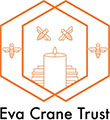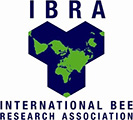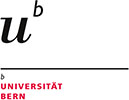|
Honeybees are prone to parasite and pathogen infestations/infections due to their social colony life. Bacterial pathogens in particular lead to destructive infections of the brood. European foulbrood is caused by the bacterium Melissococcus plutonius in combination with several other Gram-positive bacteria (Achromobacter eurydice, Bacillus pumilus, Brevibacillus laterosporus, Enterococcus faecalis, Paenibacillus alvei, Paenibacillus dendritiformis) involved as secondary invaders following the initial infection. More than a century ago, A. eurydice was discovered to be associated with European foulbrood and morphologically and biochemically characterized. However, since the 1950s–1960s, only a few studies are known covering the biological relevance of this bacterium. Here, we review the biology, ecology, morphology, and biochemistry and discuss the still unclear systematic classification of A. eurydice. |
|
Erler S, Lewkowski O, Poehlein A, Forsgren A (2017) The curious case of Achromobacter eurydice, a Gram-variable pleomorphic bacterium associated with European foulbrood disease in honeybees. Microbial Ecology, (early online). DOI: 10.1007/s00248-017-1007-x |
| https://link.springer.com/article/10.1007/s00248-017-1007-x |







